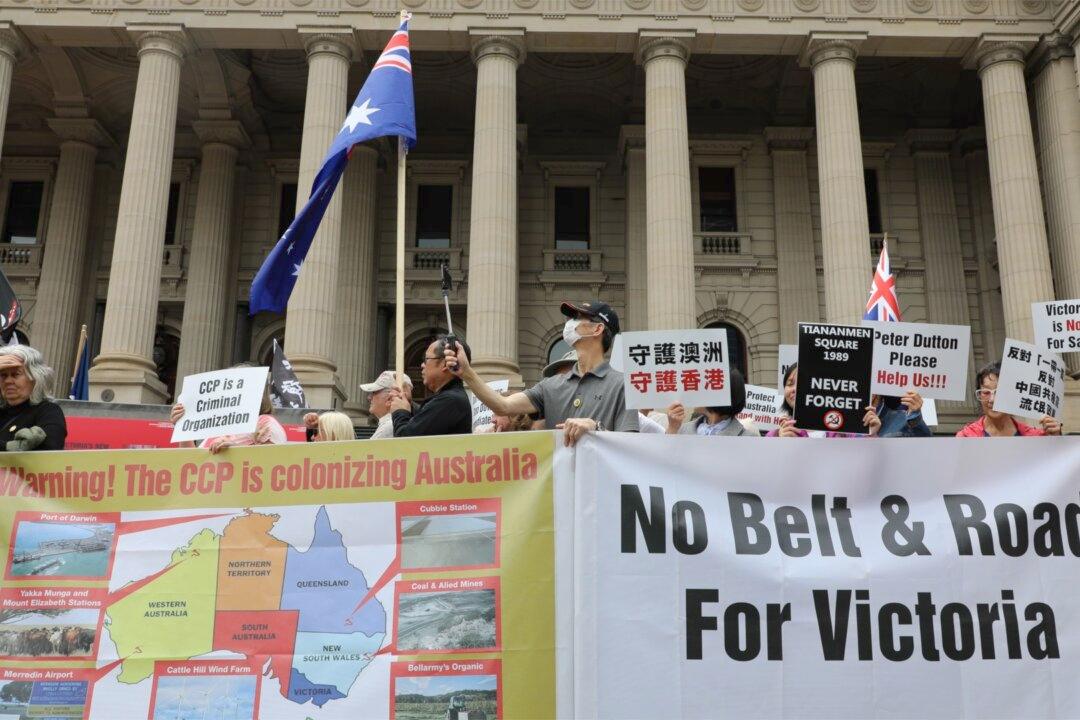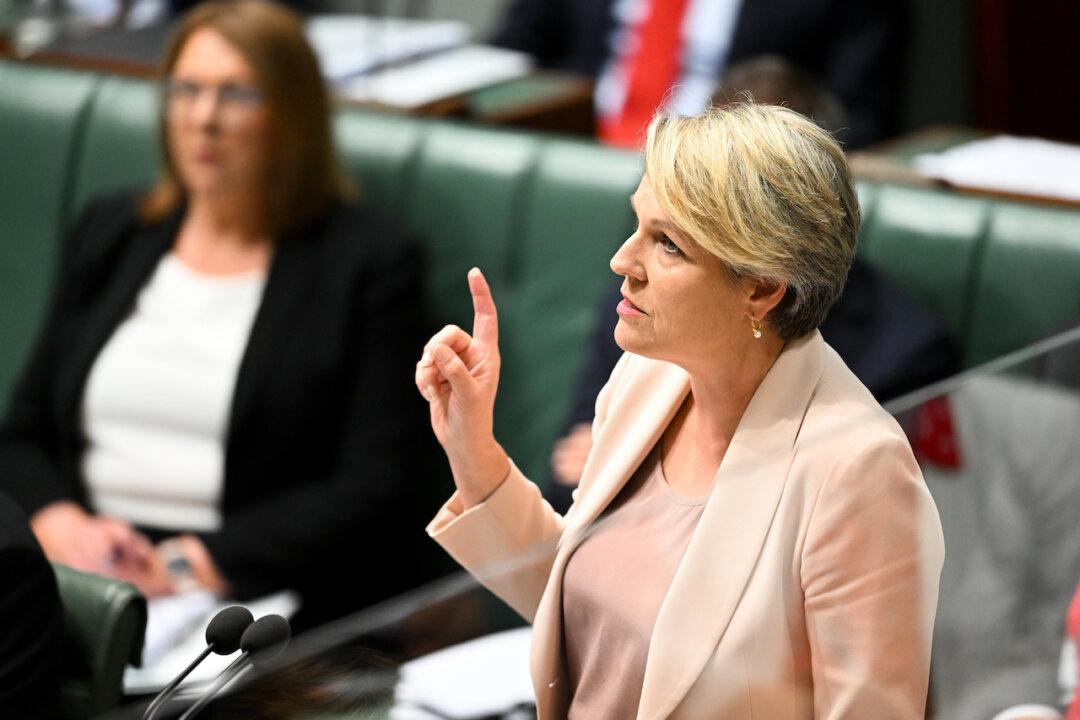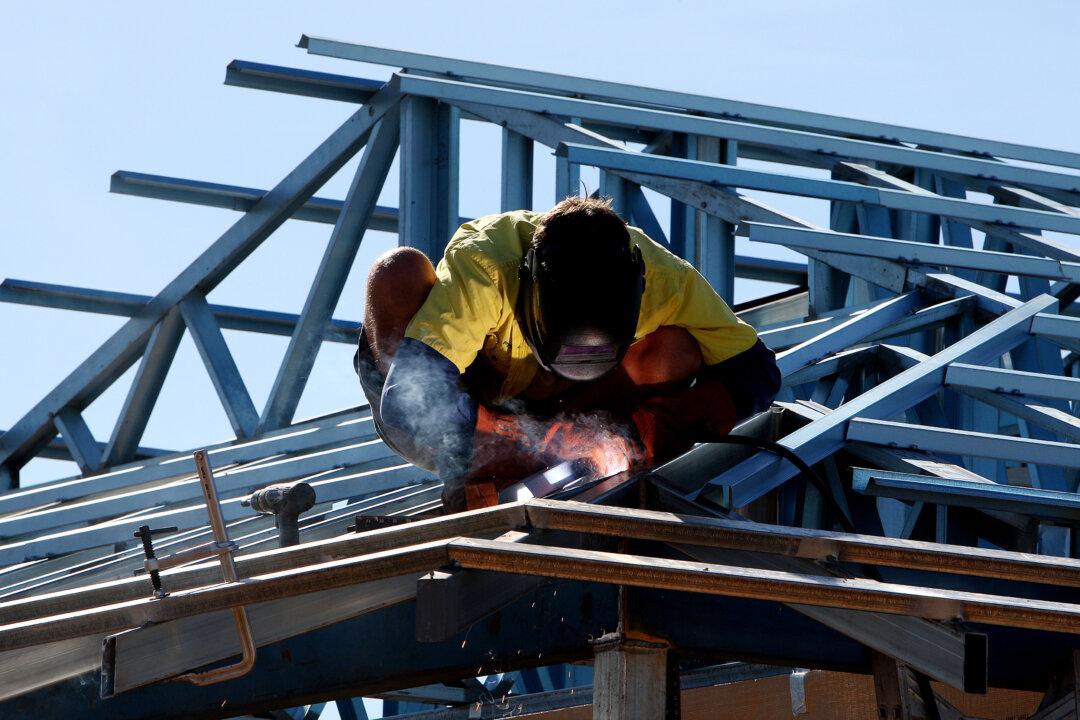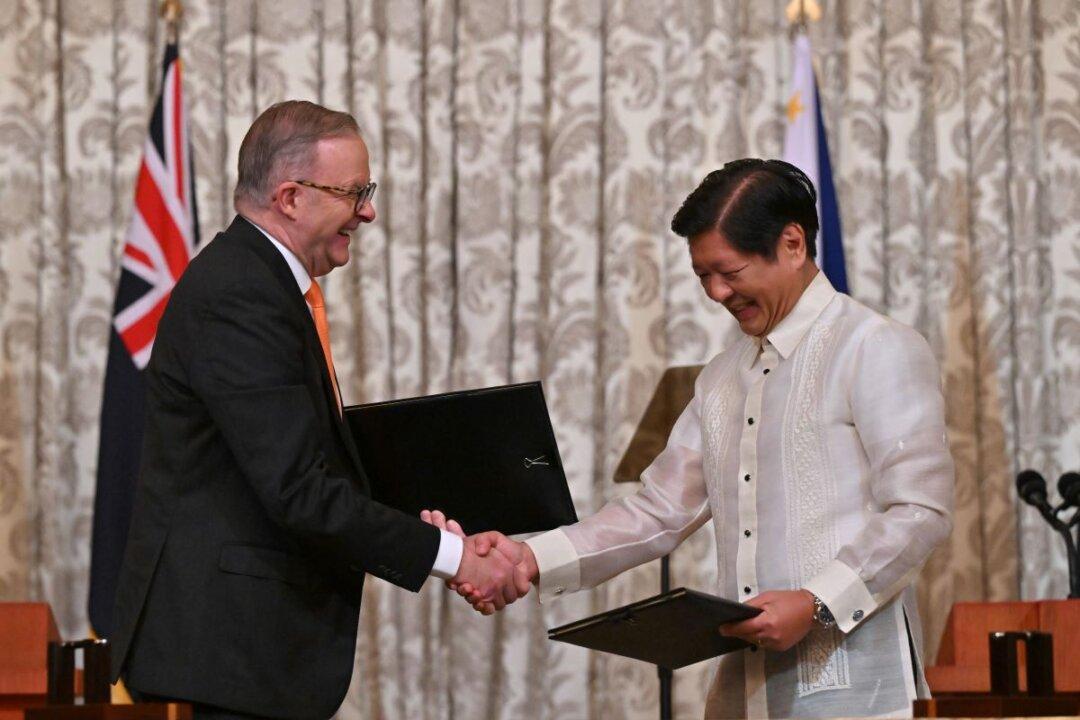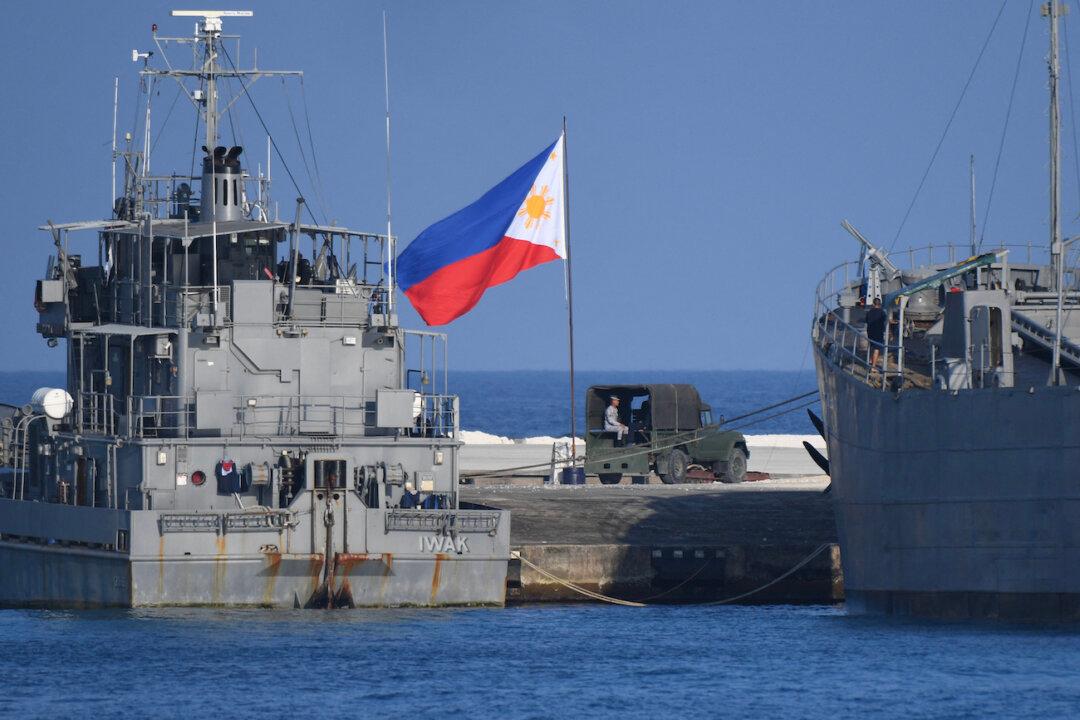Victorian Premier Dan Andrews has reiterated that he will not back down from the Belt and Road agreement with China despite warnings that it has been a debt trap for other nations and that it poses significant national security risks.
Speaking on ABC Radio’s Statewide Drive program on May 25 Andrews said: “I’m not going to apologise for a trade policy that is all about growing Victorian jobs.”
